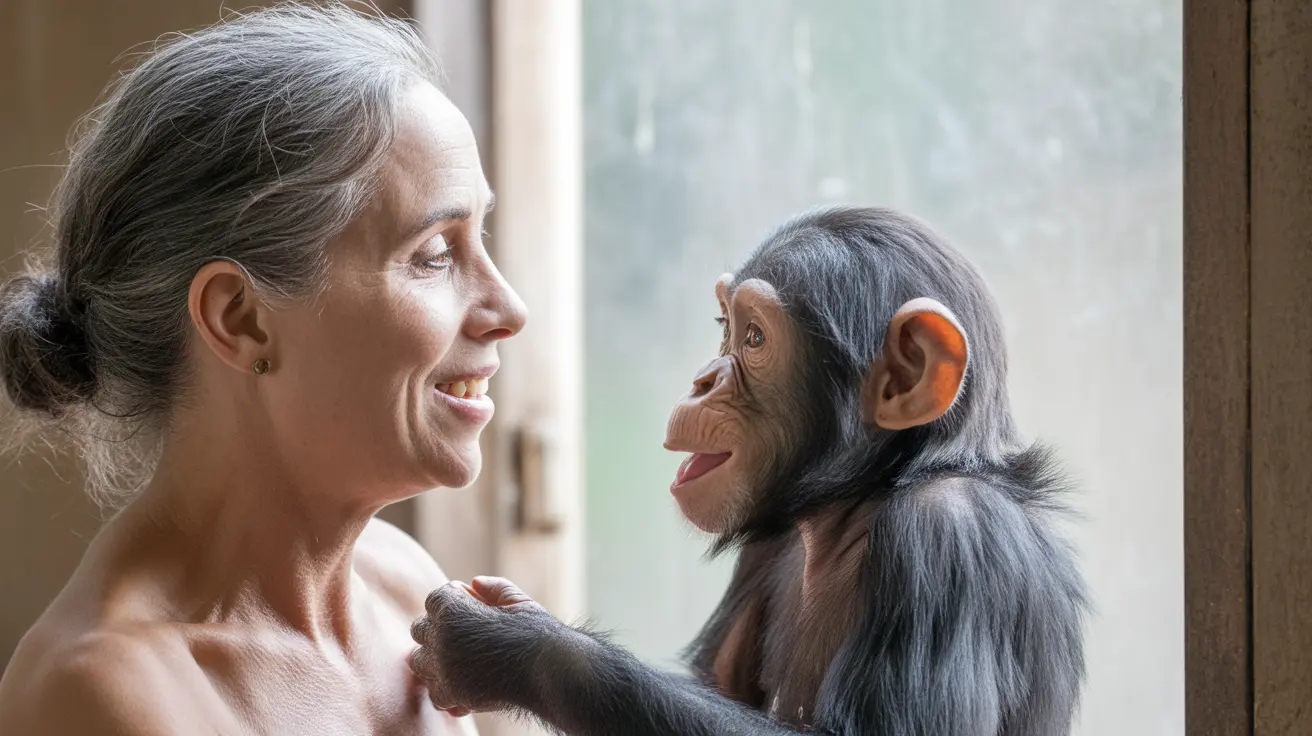Jane Goodall, the pioneering primatologist whose groundbreaking research transformed our understanding of animal intelligence and behavior, has left an indelible mark on wildlife conservation and our perception of the natural world. Her work with chimpanzees not only revolutionized scientific research but also established new paradigms for conservation approaches that continue to influence environmental stewardship today.
Through her meticulous observations at Gombe National Park, Goodall challenged conventional scientific wisdom and demonstrated that the line between human and animal behavior was far more blurred than previously believed. Her discoveries about chimpanzee social behavior and tool use fundamentally altered our perspective on animal cognition and emotional complexity.
Groundbreaking Discoveries in Animal Behavior Studies
Goodall's research methodology broke with traditional scientific protocols by giving individual chimpanzees names rather than numbers and acknowledging their distinct personalities. This approach, while initially criticized by some academics, ultimately led to richer insights into primate behavior and revolutionized ethology - the study of animal behavior.
Tool Use by Animals: A Paradigm Shift
One of Goodall's most significant contributions was documenting chimpanzees creating and using tools to "fish" for termites. This observation challenged the prevailing definition of humans as the only toolmakers in the animal kingdom and opened new avenues for understanding animal intelligence.
The Evolution of Conservation Approaches
Goodall's work extended beyond pure research to develop innovative conservation methods that recognized the interconnectedness of environmental and human needs. Through the Jane Goodall Institute, she pioneered community-centered conservation programs that remain models for wildlife protection methods worldwide.
Sustainable Living Practices
Her approach to conservation emphasized the importance of:
- Engaging local communities in conservation efforts
- Promoting sustainable resource management
- Supporting educational initiatives
- Fostering biodiversity conservation through community involvement
Impact on Animal-Human Relationships
Goodall's research highlighted the emotional complexity in animals, particularly in chimpanzee social behavior. Her observations of maternal bonds, friendship, and even warfare among chimpanzees helped establish the scientific foundation for understanding the depth of animal cognition and emotional capacity.
Frequently Asked Questions
What were some of Jane Goodall's most significant discoveries about chimpanzees?
Goodall's groundbreaking discoveries included observing chimpanzees using tools, documenting their complex social behaviors, and revealing their capacity for both compassion and violence. These findings revolutionized our understanding of primate behavior and challenged existing notions about animal capabilities.
How did Jane Goodall's research influence our understanding of animal intelligence?
Her research fundamentally transformed our perception of animal intelligence by demonstrating that chimpanzees possess complex behavioral patterns and rich emotional lives. This work effectively challenged the concept of human exceptionalism and broadened our understanding of cognitive capabilities in the animal kingdom.
What conservation methods did Jane Goodall advocate for?
Goodall championed "community-centered conservation," an approach that actively involves local communities in conservation decision-making and natural resource management. This methodology continues through the Jane Goodall Institute's work today, proving that effective conservation must include human communities as key stakeholders.
Looking Forward
The principles established through Goodall's work continue to guide modern wildlife conservation efforts and shape our understanding of animal-human relationships. Her legacy reminds us that successful environmental stewardship requires not just scientific knowledge, but also compassion, community engagement, and a deep respect for the interconnectedness of all living things.






